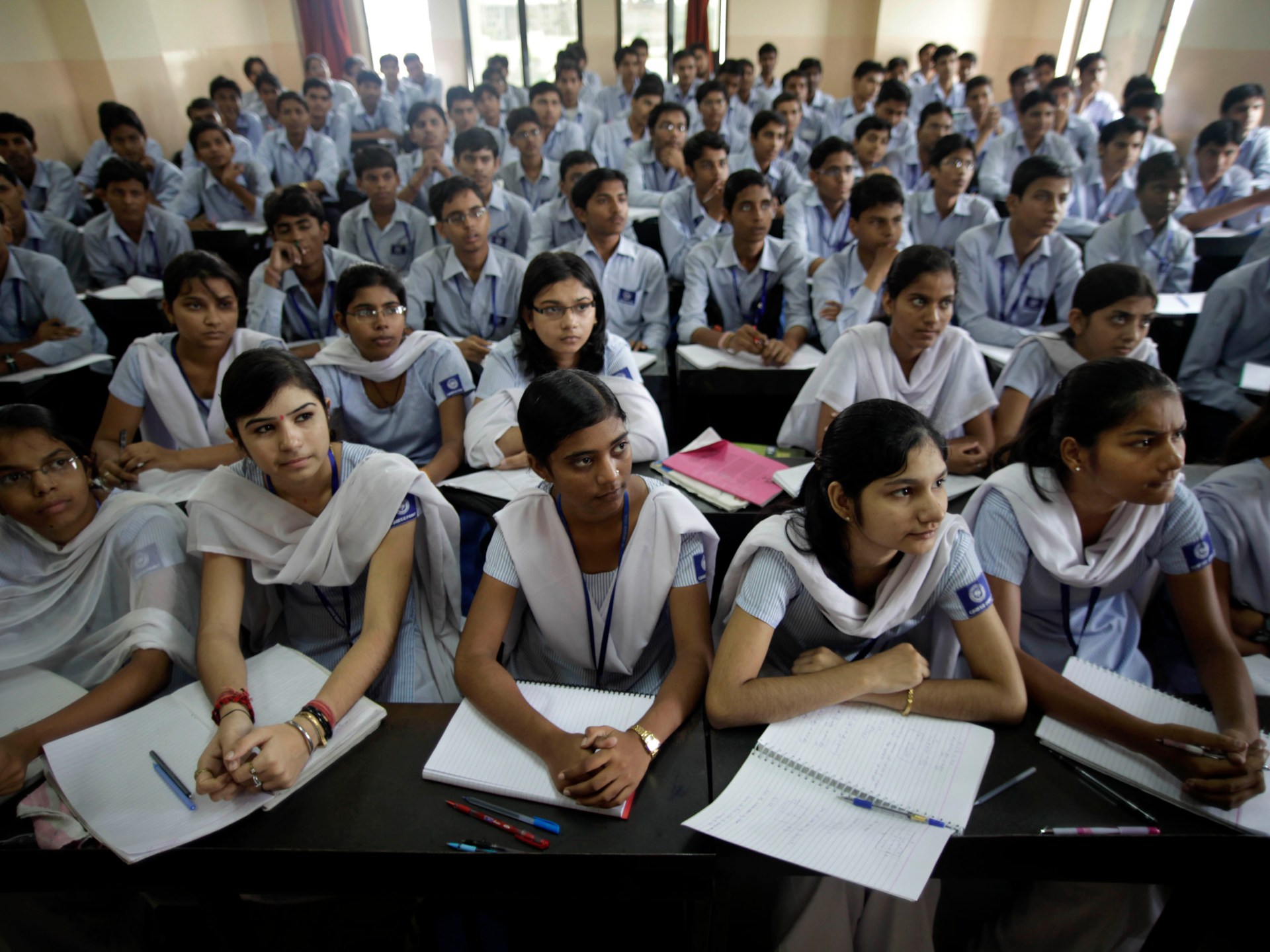This shit is so crazy. A bit of an old news but I don’t know if people outside of India caught wind of this.
The National Testing Agency (NTA), an autonomous body under India’s Ministry of Education that is responsible for holding the nationwide examinations, is at the centre of these controversies over the integrity of the National Eligibility cum Entrance Test (NEET), a national exam for medical aspirants held last month.
There are two NEET exams, one for undergrad and one for postgrad. The former was held but the results have been scrapped. The latter has been postponed. The postponement was announced the night before the exam.
The scale of foul play is something that I have not been able to wrap my head around mostly because I have not read the news articles about this recently. There were reports of some participants getting marks that were mathematically impossible and shit like that.
“Autonomous bodies” have become an extension of the ruling party. For example, BJP uses the Election Commision to arrest opposition leaders and freeze the funds of opposition parties. I wouldn’t be surprised if the NTA was chock full of deadbeat BJP lackeys. Truly a terrible time to be an Indian right now.



He wrote about this in 91 from what I know. Don’t know of other instances of him talking about this:
https://academic.oup.com/book/2070/chapter/141991095
Any reason India is comparing itself to China?
It’s not India comparing itself. At least not in this instance. It’s a study by Amartya Sen et al. The rationale is explained: